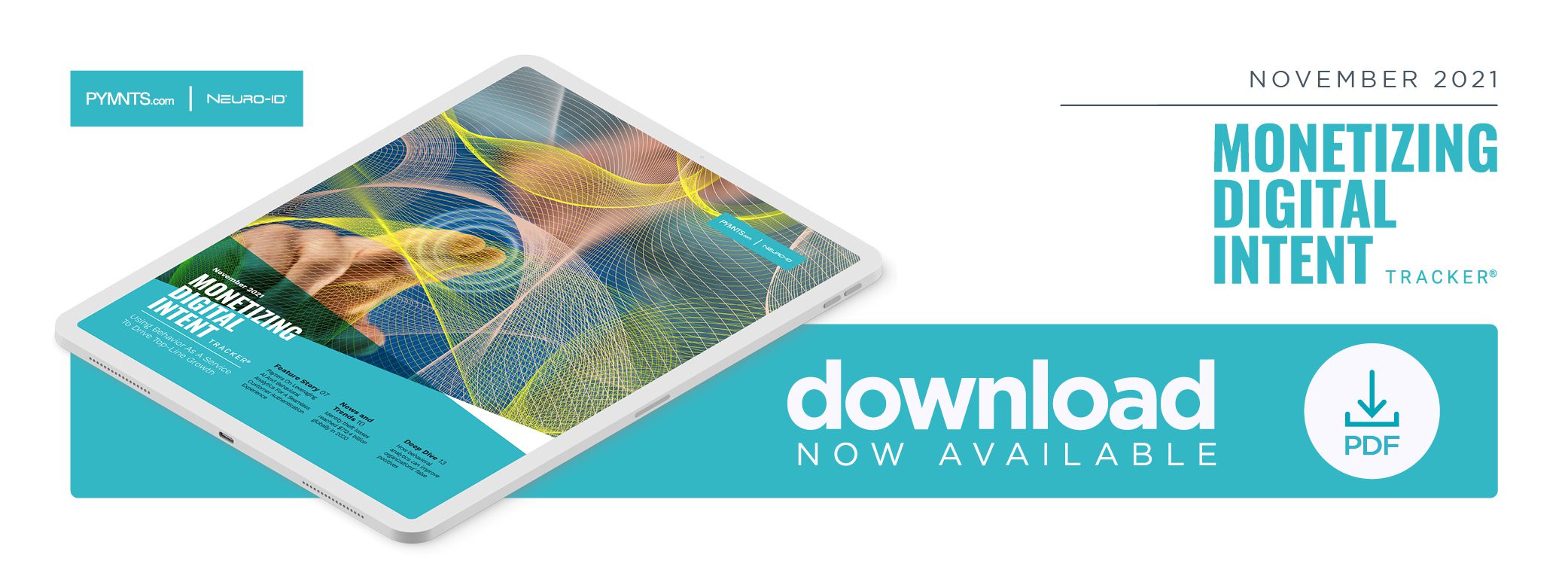Deep Dive: How Organizations Can Use Behavioral Analytics to Reduce False Positives, Cyberattacks

Restrictions and health concerns during the pandemic helped consumers discover the many conveniences of digital transactions, but the upsurge in online profiles also led to an increase in fraud.
The threat of cybercriminal activity grew worldwide, and 47% of companies reported experiencing the impact of scammers and identity theft in 2020. Bad actors are becoming increasingly sophisticated, and preliminary data for the 2021 fiscal year suggests that fraud rates will continue to accelerate.
Many companies are looking to fraud prevention systems for stronger security protocols, but some programs can risk jeopardizing the customer experience. The same technologies used to detect bad actors also can reject legitimate customers — often at a cost that eclipses that of the fraud itself. Mastercard, for example, reported in 2016 that it lost $9 billion to fraud and $118 billion to false declines due to fraud detection programs.
One report estimated that business losses from these false positives will amount to nearly $450 billion this year. These losses are permanent, as research suggests that customers lost to false positives are gone for good. Behavioral analytics is one process used to help differentiate between bad actors and genuine customers, reducing false positives and preventing loss of revenue.
The following Deep Dive discusses the problem of false positives in fraud detection and their economic consequences for companies. It also examines how incorporating behavioral analytics into security protocols can reduce false positives and create a safer, more seamless online experience.
Fraud Prevention Tools Can Misclassify Genuine Customers
Fraudsters are constantly developing new, innovative ways to execute successful cyberattacks, and antiquated identity verification methods are less effective than before at protecting consumers from hacking attempts. Poor security practices can exacerbate the problem. A study showed that 66% of U.S. consumers admit to using the same password for numerous sites, and 37% always or frequently do this. The repeated use of the same password means that if there is a breach on one platform, all accounts using those credentials are at risk. While password protection is a frictionless authentication procedure, bad security hygiene increases consumers’ vulnerability.
Companies have implemented additional authentication methods to compensate for poor password protection, but the new technology is not foolproof. In the process of identifying risks, systems also may misidentify and perceive genuine customers as threats. Insider threats are a particular problem that firms struggle to detect. A study showed that 57% of companies have trouble identifying threats from inside their organizations due to false positives.
One analysis estimated that in 2021 alone, companies stand to lose $443 billion in transactions due to false declines. Losing a sale due to a false positive flag also likely means losing a potential customer forever. On the other hand, digital businesses with a seamless customer validation experience will net 10% more in profits by next year than merchants with friction-filled consumer interactions.
Behavioral Analytics Solutions Dramatically Decrease False Positives
Fraud is a major concern for consumers, but customers also expect simple, expedient interactions when signing up for online accounts or completing digital transactions. Another consumer expectation is to be safe from being mistakenly flagged as a fraudster.
One case study by behavioral analytics platform provider Neuro-ID showed that 21% of individuals who had transactions declined by conventional fraud detection systems displayed the same behaviors as legitimate customers, likely indicating them to be false positives.
By monitoring keystrokes, sequence of actions and suspicious data that resembles bot behavior, behavioral analytics can distinguish between a cyberthreat and a genuine customer who may have incorrectly typed or forgotten a password. Behavioral analytics also can accurately identify insider risk by combining user monitoring data with information from other sources, including human resources records and other databases.
The rapid rise in eCommerce and fraud is driving growth in behavioral analytics as an essential tool for keeping out fraudsters without rejecting good customers. The global behavioral analytics market expects to achieve a compound annual growth rate (CAGR) of more than 40% by 2026.
Merchants understand that customer security and the reduction of false positives both are vital for boosting sales revenue and maintaining positive customer relationships. More and more organizations will be turning to behavioral analytics to solve these fraud-related pain points as eCommerce evolves.

